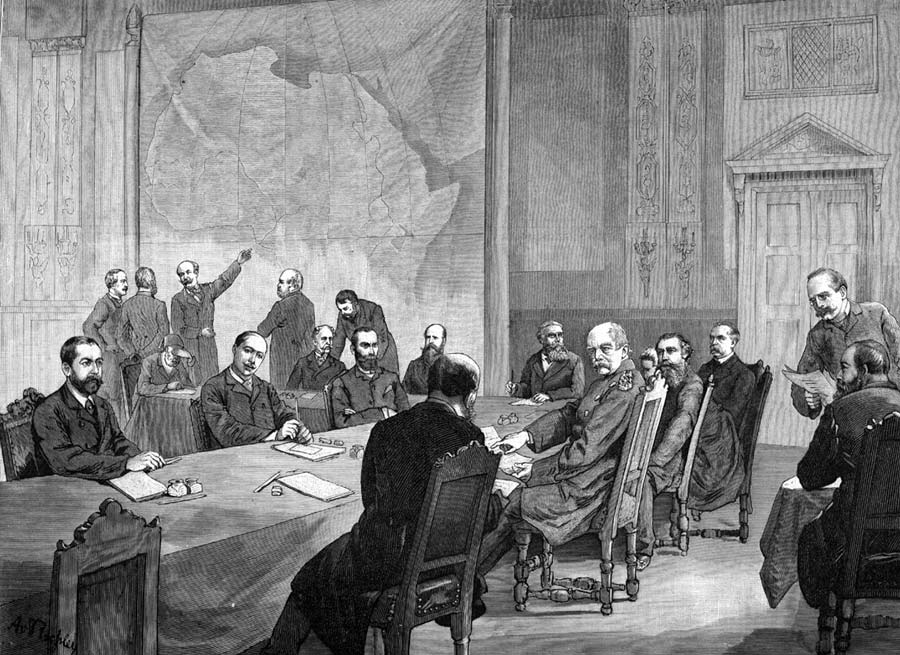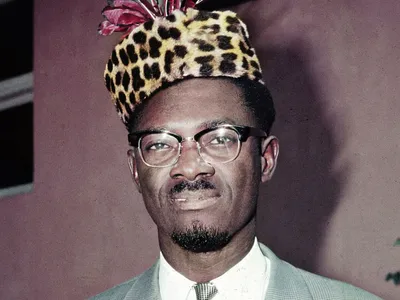
In 1884-1885, there was a conference held where European countries met and established the legal claim by Europeans that all African countries should be occupied by whoever could take them.
This eventually led to a scramble by these European countries for Africa. Eventually, it established a process for these countries to cooperate rather than fight with each other. This cooperation played a significant role in the conquest and division of Africa.
This conference, mainly known as the Berlin conference, was also called the Congo and West Africa conferences. The horrible consequences of this conference remain one that, almost 138 years later, the continent is still dealing with.
The first black Protestant Episcopal Bishop in the US, Theodore Holly, condemned the conference delegates as having “come together to enact into law, national rapine, robbery and murder”.
For European leaders to get their claims over these African lands, they had to prove they could rule over that area. Most often, all they needed to do to exert ownership was achieve military victory.
In light of this, Leopold II of Belgium set his gaze on Congo and declared it his territory. He brutally took personal ownership of the land by declaring it his private possession and called it Congo Free State.
His reign in Congo has become infamous for the brutality and evils he committed. The people of Congo under his rule were forced to labour rigorously for his enrichment. He turned the land into a money-making enterprise. Congo was rich in minerals but even more so in ivory and rubber, which were highly sought after in that period.
He set up an inhuman system to rule the people of Congo. In this system, they had outrageous regular rubber collection quotas, and when they didn’t reach the required quotas, they were murdered and mutilated. Leopold II essentially took the land and wealth of the indigenous people of Congo while mandating them to work on their properties as enslaved people.
The rate of murder committed when the people couldn’t complete their mandated rubber collection quotas was so high that there was a noticeable decline leading to scarcity.
In addition to maiming and murdering these people, the Belgians starved them most of the time and other times; they fed them unhealthy meat and vegetables, which made them more prone to diseases. Their immune system was too weak to fight, and millions died due to this.
The Belgian government continued enslaving them and went as far as burning the villages of the indigenes as they pleased. Leopold II also built a museum with a human zoo featuring 267 Congolese people as exhibits on his palace grounds.
When the rumours of this abuse began to circulate, and the regime was exposed in 1908, other European leaders condemned it, who were also violently exploiting Africa. The Belgian parliament forced Leopold II to renounce his control over the kingdom.
The Belgian government took control over the colony and renamed it the Belgian Congo. In 1960, the Republic of Congo was established after fighting for independence. While there hasn’t been an exact amount of deaths from the rule of Leopold II, it’s estimated to be over 10 million Africans, almost twice the amount of Jews killed by Hitler.




